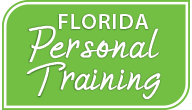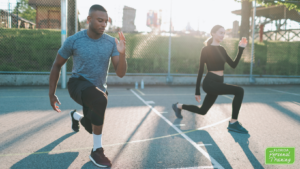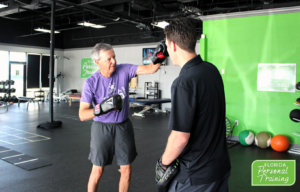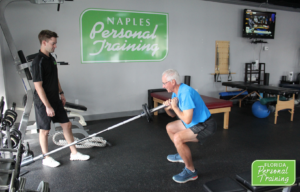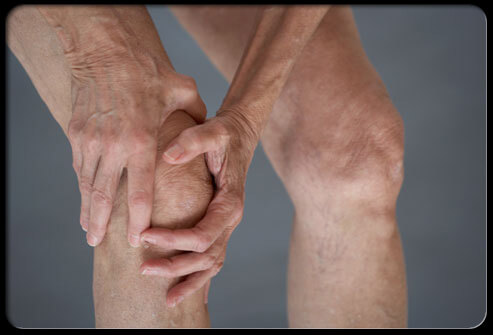
More than a million people a year are getting a total joint replacement, most typically an artificial hip or knee. If the numbers keep growing, the total joint replacement could reach 4 million a year in less than 20 years. You don’t need to be genius to understand that the majority of people will go under the knife in less than a century. Actually, the more scary part is the majority will be younger than 65 years old. The question is why the numbers will reach such a traumatic threshold? Is there anything we could do to decrease those numbers? The answer is YES, of course! Before discussing how, let’s review why you need a surgery in the first place.
Most of all, joint replacements are the result of osteoarthritis. Before going deeper into the subject, it’s important to differentiate osteoarthritis and rheumatoid arthritis.
Rheumatoid arthritis (RA) is an autoimmune disease in which the body’s immune system attacks joint tissue, causing inflammation of the joint lining and causes pain, swelling, and stiffness in your joints. Fingers, hands and toes are the most commonly affected. You can see deformation of the joints. This type of arthritis is managed with medication, exercise and nutrition.
Osteoarthritis (OA): OA is characterized by degeneration of the articular cartilage. The cartilage degrades and becomes thinner. It contributes to loss of joint space, osteophyte formation, focal areas of synovitis, periarticular bone remodeling and subchondral cyst. When the cartilage is degraded to the point where the bone is exposed, this is the point where intervention is the most critical for a return to functional activities.
Causes of Osteoarthritis
OA is a multifactorial etiology, including acute and/or chronic insults from normal wear and tear, age, obesity, and joint injury such as ACL injury.
Symptoms of Osteoarthritis
The most frequent symptoms of OA are:
* Crepitus: you feel and hear like there are rice crispis in your joint when you move it.
* Pain with activity and weight bearing
* Decreased range of motion/Stiffness developing at rest
* Joint deformity
* Decrease in strength
However, if you do not have any of these symptoms, it does not mean you are off the hook. In fact, one study showed evidence of knee osteoarthritic changes in 72.1% of symptomatic participants and 41.6% of asymptomatic participants aged 40 or older. This means you could have OA but no symptoms.
In my opinion, this is why the numbers of replaced joints are scary, too many surgeries are performed even though you are asymptomatic. I will always advise a patient to try to improve modifiable factors such as pain and ROM first? These 2 factors can have dramatic changes in your symptoms and the ability to perform functional activities such as walking, negotiating stairs etc. Also, it will likely postpone the surgery and in a lot of cases even avoiding it. How do you improve these 2 modifiable factors? Exercises and manual therapy is the answer. How about I tell you it can make you feel better the same day of treatment!
The researches have actually proven it. An overview of systematic reviews (which mean they took all the studies that have been made regarding OA/exercises and combine the results) reported that there is high-quality evidence that exercise reduces pain and improves physical function in people with osteoarthritis.
Exercises:
Exercises include strength training, range of motion exercises/stretching, and aerobic activity. It’s important that the exercises are progressed to higher levels of resistance, stretch, repetitions, difficulty and/or duration, such that the program remained challenging and continued to progressively stimulate physiological change.
Research showed:
* Walking program improve stride length, disability transferring from bed, disability bathing, aerobic capacity, exercise endurance, energy level, physical activity, sleep and quality of life
* Strengthening exercises relieve pain at rest and during functional activities as well as improve range of motion, muscles strength, level of energy, and functional status; general physical activities, including fitness and aerobic exercises. Water exercises are excellent as well.
* Yoga and Pilates are excellent for improving range of motion and decreasing pain.
And when you combine exercises with manual therapy, study showed that it is almost twice as effective to decrease pain.
Manual Therapy:
Manual therapy is a hands-on technique that a physical therapist can perform on the specific joint affected. In the case of osteoarthritis, manual therapy is intended to decrease joint capsule contracture and pain which are the result of OA.
Study showed that a short-term manual therapy knee protocol significantly reduced pain suffered by participants with osteoarthritic knee pain and resulted in improvements in self-reported knee function immediately after the end of the 2 weeks treatment period. Most of the beneficial effects of manual therapy may last 3 months to 6 months after finishing treatment and maybe even more.
Now you are probably asking yourself how manual therapy can decrease pain. Actually, it’s a complex process but briefly:
* In each joint there are receptors sensitive to pressure, tension
* These receptors send messages to your brain and process how much pain you feel
* Those receptors can be modulated with manual therapy which activates the descending pain inhibitory systems thus decreasing pain in the joint.
In brief, supervised exercises and manual therapy performed by a professional physical therapist are extremely effective in reducing pain and increasing function in people affected by OA.
However, if you don’t have any of the symptoms listed above and would like to prevent Osteoarthritis, here is a list of things you should do:
* Exercises and strengthen your thigh muscles (quadriceps). An Australian study showed that patients that had thicker quadriceps muscles developed less pain and cartilage damage with less risk of joint replacement surgery compared to those with smaller quadriceps muscles over four years. Pilates is among the best non-traumatic knee-strengthening exercises to improve blood flow and build muscle.
* Losing weight is a great way to decrease stress in your joints. Every pound of weight you lose equals four pounds off of the knee. So losing just 5 pounds equals 20 pounds of pressure off the knee.
* Manual Therapy to keep your joint mobile and healthy and to prevent contracture.
* Education, which was the purpose of this article today.
Here at Naples Personal Training, we make sure to assist you with the best exercise program specific for your needs. Please do not hesitate to contact us with any questions.
Dave Lessard, Physical Therapist and Personal Trainer
